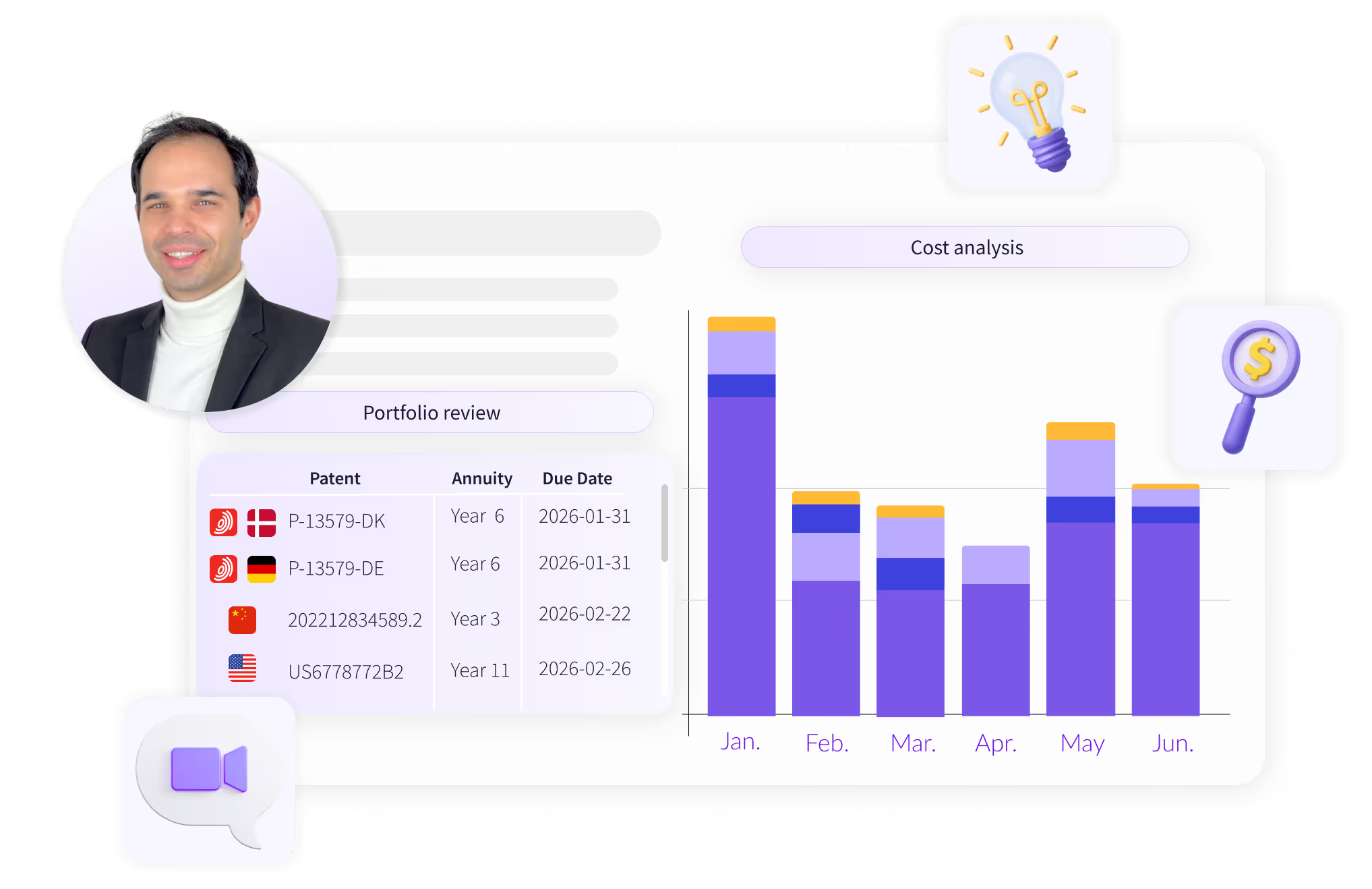TRY OUR NEW (FREE) IP RENEWAL COST CALCULATOR
Calculate
Industrial design rights are essential in the legal landscape of intellectual property. These rights safeguard the aesthetic aspect of a product, ensuring that unique designs receive the recognition and protection they deserve.
This article delves into the details of industrial design rights, from the qualifying criteria to their protection, renewal, and how they compare with patents and copyrights. Whether you're an inventor, designer, entrepreneur, or simply interested in the legalities of design, this comprehensive guide will explain this way of protecting your creative work.
Industrial design rights can be granted as design patents or registered designs, and their name and the coverage of the protection vary based on regions. In the United States, the term design patent is used for design right protection, whereas in Europe, the word “patent” is generally only used for technology related innovation, therefore aesthetic intellectual property rights are called registered designs or community designs under the EUIPO legislation.
Design patents and registered designs generally offer legal protection of the ornamental design of a product.
They cover a product's:
This can include a pattern, color, or a combination of both and can be either two-dimensional (like a pattern or design that is flat) or three-dimensional (having depth, height, and width, like the shape of an object).
Design rights can protect the aesthetics of a wide range of products, from consumer electronics, like smartphones and wearables, to fashion items and furniture. For instance, the unique shape of a Coca-Cola bottle or the distinct appearance of Adidas sneakers are protected intellectual properties under design patents. The integral nature of the design to the product is what makes it eligible for protection.
Generally, inventors need to come up with a design idea that is original and not purely utilitarian. For example, Apple's iconic design for the iPhone, with its distinctive shape and interface, is protected under several design patents. In certain jurisdictions, there is a special emphasis on the individual character and novelty of the design.
If inventors want to register a design in different countries, they have multiple options based on the preferred coverage. Applying for individual registered designs or design patents is possible, in case the design right protection is only needed in certain countries or local jurisdictions. In case inventors need broader protection, they can apply for a European design at EUIPO and their designs will be protected in all the member states of the European Union, except the EEA countries. For even more widespread protection, inventors can register for industrial designs covered by the Hague System to get designs protected in 91 countries and unions.
The duration of the protection and the need for maintenance or renewal fees for design rights vary based on jurisdictions, but generally designs offer long-term protection, usually from 15 to up to 50 years, with less frequent need for renewals. In the United States, design patents do not need maintenance at all, while under the EUIPO legislation, renewals are required every 5 years.
The list below shows the Hague System members and the maximum length of design protection they offer in parentheses when acquiring registered industrial design rights.
Design rights are easy to confuse with patents due to similarities in their names in certain countries, and by definition they might seem hard to differentiate from copyrights due to the elements they protect. To clear up the confusion, we summarized the similarities and differences between these IP rights:
An effective IP strategy involves a mix of different types of protections. Design rights and patents complement each other by covering both functional and aesthetic aspects of an invention, offering a well-rounded defense against infringement. This approach is crucial for companies that place a high value on both the design and functionality of their products.
Do you own a patent, design, or utility model, or does your company hold any of these intellectual property rights?
At PatentRenewal.com we are all about efficiency when it comes to renewing intellectual property. Experience for yourself the ease our IP renewal software brings to navigating the IP world and schedule a demo with one of our IP specialists today.
Interested in a free IP renewal consultation? Benchmark your current IP renewal setup and costs against market standards.
